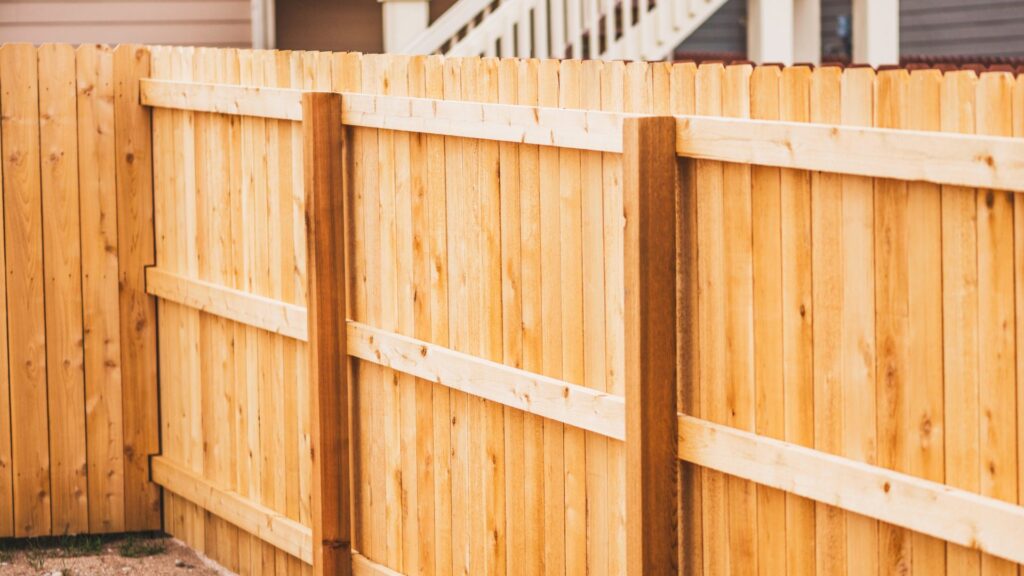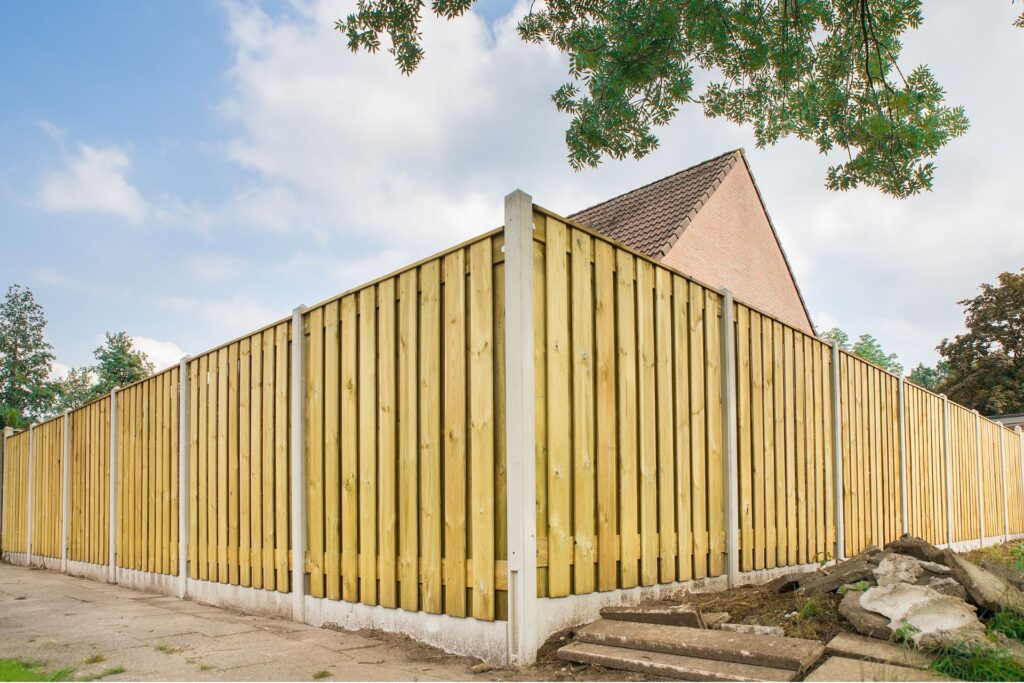Welcome to your go-to guide for understanding fence costs in New Zealand. Whether you’re planning to upgrade your backyard, secure your property, or just add some curb appeal, knowing what to expect financially is the first step. Fencing costs can vary widely depending on the material, size, and layout of your space. That’s where a fence cost calculator comes in, it helps you estimate your project based on real figures, so you’re not caught off guard. In this post, you’ll learn about average prices, what affects the total cost, and how to use a calculator to plan your fencing project the smart way.
A fence cost calculator in NZ helps you estimate the total cost of your fencing project based on material type, fence length, height, and location. On average, fencing in New Zealand costs between $180 and $450 per metre. Use a free online calculator to get accurate estimates before hiring a contractor or starting a DIY project.
Fence Cost Calculator
Total Estimated Cost: NZD $0.00
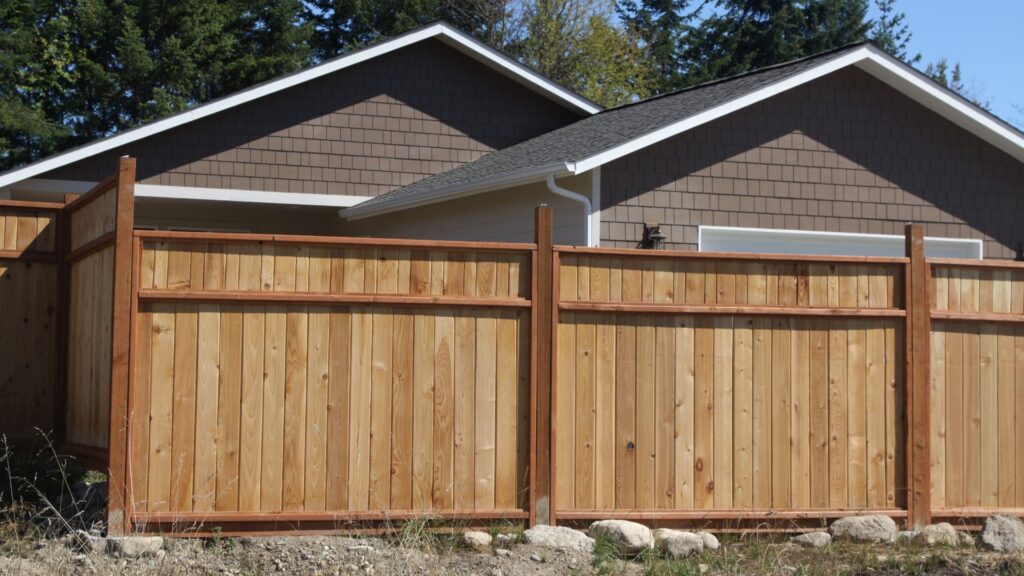
Table of Contents
Why Use A Fence Cost Calculator?
Planning a fencing project without a clear idea of the cost can lead to unexpected expenses and delays. That’s where a fence cost calculator becomes a valuable tool. It gives you a solid starting point by offering accurate, real-time estimates based on the details you provide. Instead of guessing how much you’ll spend, you get a clear breakdown that helps you plan your budget with confidence.
When you enter specific measurements like fence length, height, material type, and number of gates, the calculator does the math for you. It adjusts the estimate based on your choices, so you can instantly see how much different materials or designs will cost. For example, you might find that swapping timber for aluminium raises the price, or that adding a gate increases your total by a few hundred dollars.
This tool is especially useful when you’re still deciding between doing it yourself or hiring a professional. You can estimate the material-only cost for a DIY project and then compare it to the cost of full installation. It gives you a realistic view of both options, so you can make an informed decision.
Using a fence cost calculator also helps when it’s time to contact contractors. Instead of going in blind, you already have a rough estimate in mind. That means you’ll be better prepared to ask the right questions, spot overpriced quotes, and negotiate confidently. Whether you’re fencing a small backyard or a large rural block, using a calculator first can save you both time and money.
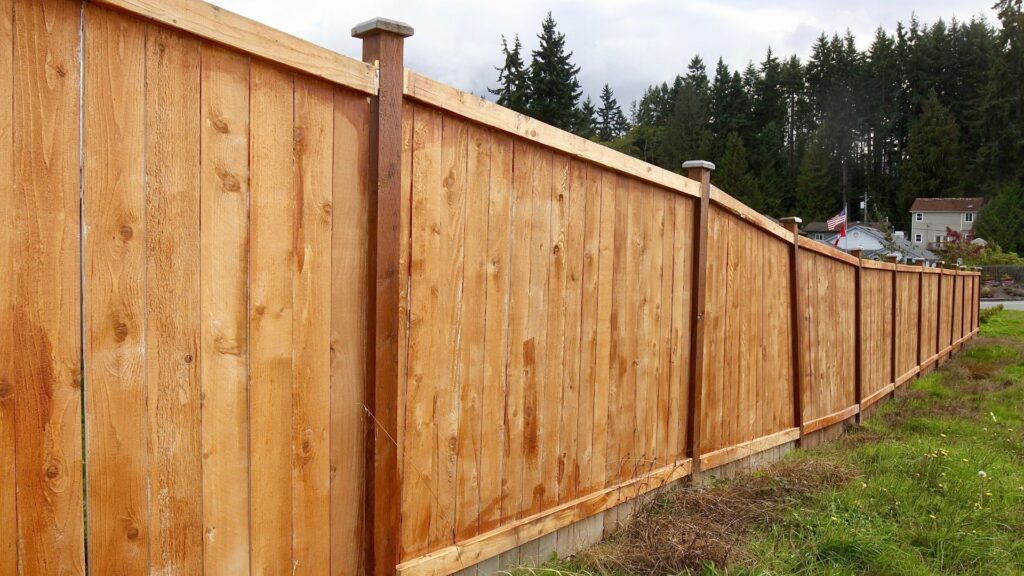
Average Fence Costs In NZ
Fence prices in New Zealand can vary depending on several factors, but having a general idea of average costs helps you plan your budget with more confidence. Whether you’re going for something simple or more stylish, it’s important to understand what each fence type typically costs per metre, and what’s usually included in those rates.
Timber Fence
Timber fences are one of the most common options in New Zealand. They offer a natural look and blend well with most property styles. On average, you can expect to pay between $180 and $350 per metre for a timber fence. The total price usually includes treated timber panels, fence posts, nails, and labour. Gates and any custom designs may come at an extra cost. Timber is also known for being relatively easy to repair, which can save money in the long run.
PVC Fence
PVC, or vinyl fencing, is a low-maintenance option that resists fading, rot, and warping. It’s growing in popularity among homeowners who want a clean, modern look without regular upkeep. The cost typically falls in the $200 to $400 per metre range. This pricing generally includes pre-made panels, posts, and installation. Some suppliers may also bundle in gate fittings and end caps, depending on the design. Keep in mind that while the upfront cost is higher than timber, long-term maintenance is minimal.
Aluminium Fence
Aluminium fencing is a durable and stylish option that works well for modern homes, pools, and security fencing. It is lightweight, rust-resistant, and low-maintenance. In New Zealand, aluminium fences cost around $250 to $450 per metre. This often includes powder-coated panels, posts, brackets, and basic installation. If your project includes custom colours or unique gate designs, that can push the price higher. Aluminium is especially popular for pool compliance due to its clean finish and durability.
Colorsteel Fence
Colorsteel is a strong and weather-resistant steel fencing material designed for New Zealand conditions. It’s commonly used for privacy and boundary fencing. Expect to pay between $180 and $300 per metre, which generally includes Colorsteel sheets, posts, rails, and installation. Gates are usually priced separately. This type of fencing is a great choice if you’re looking for long-term durability and low upkeep, especially in areas with high wind or coastal exposure.
Glass Panel Fence
Glass fences are often used around pools or in premium properties where visibility and aesthetics matter. They offer a sleek, open feel and meet NZ pool fencing regulations when installed correctly. The price for glass fencing ranges from $600 to over $1,000 per metre, depending on the type of glass, hardware, and complexity of the installation. This pricing usually covers toughened safety glass panels, stainless steel or powder-coated posts and clamps, and labour. Frameless designs or custom layouts will cost more, but the result is a high-end finish that adds value and visual appeal.
What’s Usually Included In Fence Pricing
When you get a fencing quote or use a fence cost calculator, the per-metre rate usually includes:
- Materials: panels, posts, rails, and fasteners
- Labour: basic installation by a professional team
- Posts: concrete or timber, depending on fence type
- Gates: sometimes included, but often priced separately based on size and material
Always check if GST, site preparation, and removal of old fencing are covered. Asking for a detailed breakdown helps avoid hidden costs and makes it easier to compare quotes.
By understanding these average costs, you’re better equipped to choose the right fence for your budget and property needs. Whether you’re after privacy, security, or style, knowing what each type typically costs in NZ is a smart starting point.
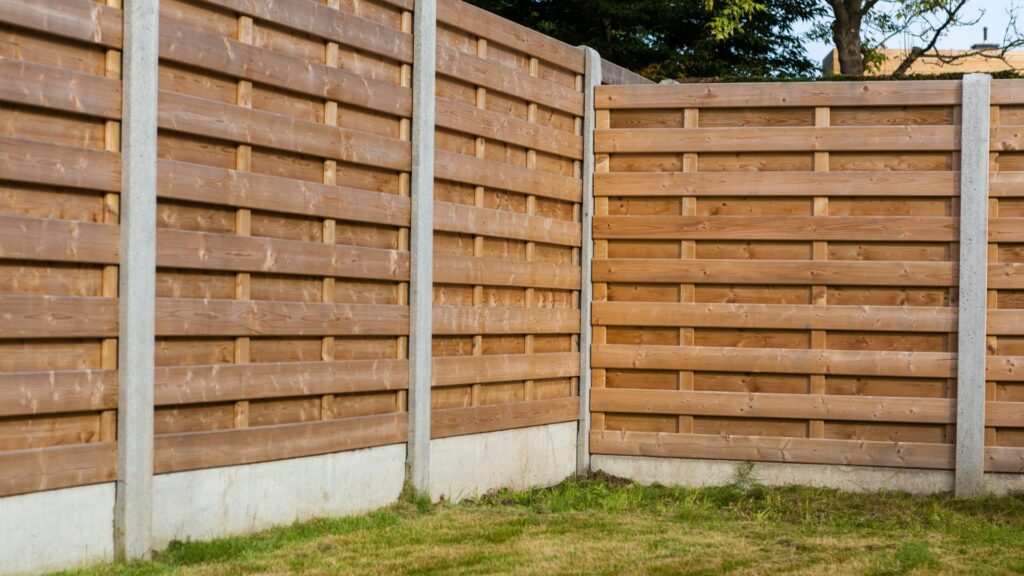
Key Factors That Affect Fence Pricing
Fence pricing in New Zealand isn’t one-size-fits-all. A range of factors can influence how much you’ll spend, even if your property seems straightforward. Whether you’re fencing a small section or a large boundary, understanding these cost drivers can help you plan more accurately and avoid surprise expenses.
Material Type
The type of material you choose plays the biggest role in your overall fencing cost. Timber is usually the most affordable and widely used in residential areas, with prices starting around $180 per metre. If you’re going for something more durable and low-maintenance, PVC and aluminium come at a higher price point, typically ranging from $250 to $450 per metre. Glass and wrought iron fences are premium options, often used for aesthetic or pool fencing, and can exceed $600 per metre. Each material also comes with its own installation needs, maintenance level, and lifespan, which add to the total investment.
Fence Length And Height
The longer and taller your fence, the more it will cost. Most fences in New Zealand are priced per metre, so doubling the length also doubles your material and labour costs. Height also matters, not just for material, but also because taller fences may require deeper post holes, extra bracing, or council approval. For example, a 1.8m timber fence is common for privacy, while shorter decorative fences may be cheaper due to reduced material use.
Terrain And Soil Condition
Flat, easy-to-dig terrain keeps installation costs low. Sloped land, rocky ground, or clay-heavy soil will increase labour time and may require extra materials like concrete or longer posts. If your site is uneven, installers may also need to step the fence or adjust panel sizes, which adds complexity and cost. Before installation, it’s worth having your site assessed to avoid unexpected pricing spikes.
Labour Costs (Urban Vs Rural Pricing)
Labour rates can vary depending on where you live. In urban centres like Auckland or Wellington, demand is high, and fencing contractors may charge more due to business overheads and traffic-related delays. In rural areas, you might find lower hourly rates, but you could also face travel charges if you’re far from the nearest supplier or contractor. Always request quotes from local professionals to compare prices accurately.
Gates And Access Points
Adding gates to your fence project will increase the overall cost. The price depends on the type of gate, standard swing gates are cheaper than sliding or automated ones. Materials and hardware like hinges, latches, and locks also affect pricing. For example, a basic timber gate might cost $300–$500, while an aluminium or motorised gate can exceed $1,500. The more gates you include, the more labour and materials you’ll need.
Design Complexity (Plain Vs Decorative)
Simple fence designs cost less. Decorative elements like lattice tops, post caps, paint finishes, or custom patterns all add to your final price. These features not only require more material but also more time to build and install. If you’re aiming for a clean, functional boundary, a straightforward vertical board fence will be far more budget-friendly than one with ornate trims and curves.
Council Permits Or Resource Consents
In some areas, building a fence above a certain height or near a boundary requires council approval. This involves time, paperwork, and sometimes extra costs. Most fences under 2 metres high don’t need a permit, but it’s always best to check with your local council before starting the project. If you skip this step and build without approval, you could be fined or forced to take the fence down later.
Tips To Reduce Fence Costs
If you’re working within a budget, there are smart ways to save:
- Choose standard materials like treated pine instead of custom or imported options.
- Keep your design simple and stick to essential features.
- Reuse existing posts or rails if they’re still in good condition.
- Combine your project with a neighbour’s if you share a boundary to split costs.
- Get multiple quotes to find the best deal.
- Tackle some prep work yourself, like clearing vegetation or marking boundaries.
Planning ahead and understanding these key pricing factors helps you control costs and avoid unexpected charges. Whether you’re hiring professionals or going the DIY route, a clear budget and realistic expectations will make your fencing project smoother from start to finish.

Fence Cost Calculator: How It Works
A fence cost calculator is a simple tool that helps you estimate how much your fencing project might cost before you call a contractor or visit a hardware store. It gives you a rough idea of pricing based on key details about your property and preferences. Instead of guessing or searching for prices online, you just enter a few specifics, and the calculator does the math.
What You Need To Input
To get an accurate estimate, you’ll need to provide a few basic details:
- Total Length: This is the entire length of the fence you plan to build, usually measured in metres. The longer the fence, the higher the total cost because more materials and labor will be required.
- Height: Taller fences cost more due to extra material and structural support. For example, a 1.8-metre fence will cost more per metre than a 1.2-metre option.
- Material: Different materials come with different price tags. Timber is often cheaper, while aluminium, PVC, or glass options come at a premium. The calculator adjusts the estimate depending on what material you choose.
- Number Of Gates: Gates add extra cost because they require hinges, locks, and extra installation time. Adding one or more gates to your project will increase the final estimate.
How Each Choice Affects The Final Estimate
Each detail you enter influences the result. If you increase the total length, the price goes up. If you switch from timber to glass, your cost can double or triple. Adding two gates instead of one might raise the budget by several hundred dollars. Even a slight change in fence height can impact the overall materials needed and labor involved.
What To Prepare Before Using The Calculator
Here’s a simple checklist to make the most out of a fence cost calculator:
- Measure the perimeter where the fence will go
- Decide on your preferred fence height
- Choose your material (e.g. timber, aluminium, Colorsteel, PVC)
- Count how many gates you want to include
- Note any terrain features (slopes, obstructions) that may affect installation
Having these details ready will give you a more realistic estimate. The goal isn’t to get an exact number, it’s to help you plan your budget and know what to expect before speaking with a fencing contractor.
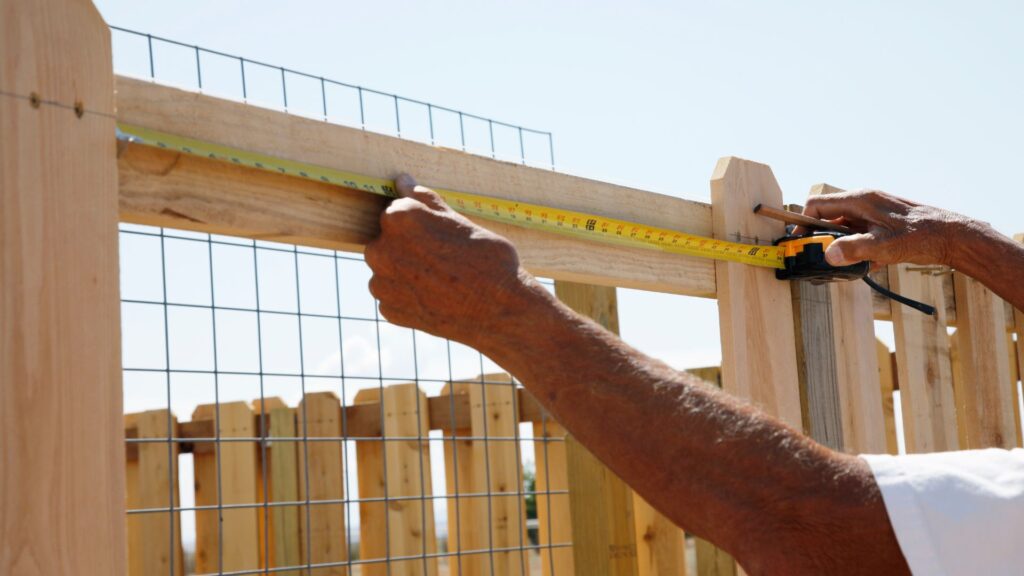
Real-Life Example Calculations
One of the best ways to understand fencing costs is by looking at real-life scenarios. Every fencing project is different, and prices can vary depending on size, material, location, and terrain. Below are three common examples that give you a realistic idea of what to expect when using a fence cost calculator in New Zealand.
Small Timber Fence In Auckland
Let’s say you want to install a basic timber fence around a small urban property in Auckland. The fence is 20 metres long and 1.8 metres high, using standard treated pine. You’re not adding any gates or custom design features. In Auckland, timber fencing typically costs between $180 and $250 per metre for supply and installation. That puts your total project cost in the range of $3,600 to $5,000. Labour rates in urban areas like Auckland tend to be a bit higher, especially when factoring in travel, delivery, and GST. If you’re going the DIY route, material costs alone could bring that down to around $2,000 to $2,500.
Mid-Size Aluminium Fence On A Sloped Property
Now imagine a 40-metre aluminium fence on a moderately sloped section. Aluminium fencing costs more than timber, generally ranging from $250 to $400 per metre. Because the land isn’t flat, installers will need to adjust the design for slope, which increases labour time. With a fence height of 1.5 metres and one gate included, the estimated total would land between $10,000 and $16,000. The slope adds complexity, which can drive up the labour portion of the budget. This type of project is best left to professionals, as it requires precision alignment and secure anchoring.
Large Colorsteel Fence For Rural Land
For rural properties, fencing projects often cover more ground. Let’s take a 100-metre Colorsteel fence on flat farmland. Colorsteel fencing typically costs between $180 and $300 per metre. Rural rates for labour are sometimes lower, but transport and logistics can increase total costs. Assuming a standard 1.8-metre height and two entry gates, this project could range from $18,000 to $30,000. While it’s a larger investment, Colorsteel is known for durability and low maintenance, making it a popular choice for rural homeowners who want long-term value.
What These Estimates Tell You
Each project above shows how different factors, like location, terrain, and material, affect the total cost. By using a fence cost calculator, you can input your own details and get a tailored estimate. This helps you plan your budget, compare materials, and make smarter choices before talking to contractors. Whether you’re fencing a small section or a large property, having a ballpark figure in mind can save you time, money, and surprises down the line.
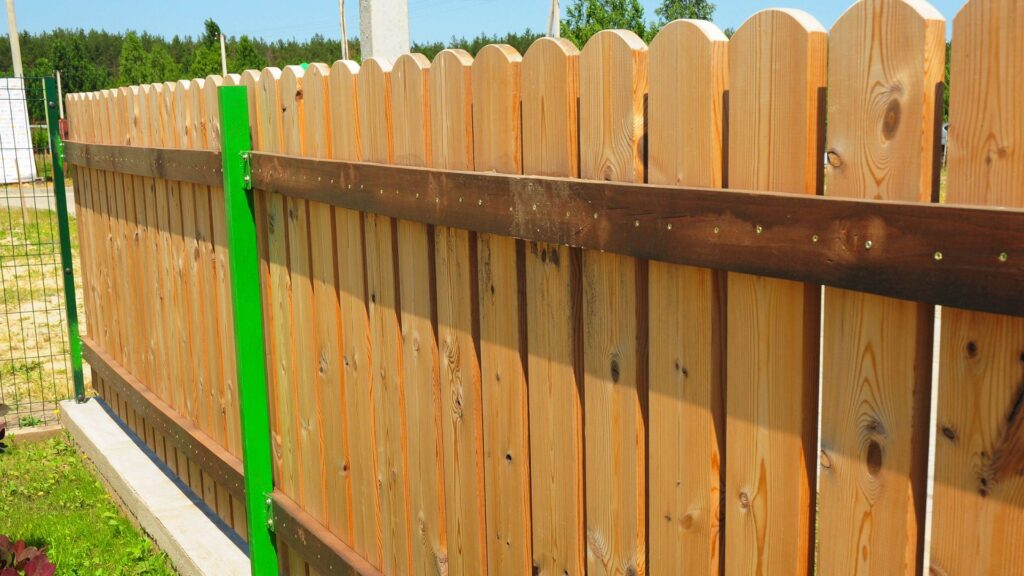
DIY Vs Hiring A Pro: Cost Comparison
If you’re planning to build a fence in New Zealand, one of the first questions you’ll face is whether to do it yourself or hire a professional. Both options have pros and cons, and the best choice depends on your budget, timeline, and skill level.
Average DIY Cost Savings
Going the DIY route can save you a good amount of money, mainly because you’re cutting out labour costs. For example, if a timber fence installation typically costs $300 per metre with professional help, doing it yourself might bring that down to around $180–$200 per metre, depending on the materials you choose. That’s because you’re only paying for materials like posts, rails, panels, nails, and concrete. But keep in mind that any mistakes or incorrect measurements could lead to extra costs later.
Tools And Time Commitment For DIY
Building a fence isn’t just about hammering nails. You’ll need proper tools like a post hole digger, spirit level, circular saw, measuring tape, and a power drill. Some tools can be rented, but the costs add up. On top of that, fencing can take anywhere from a full weekend to several days, depending on the size and complexity of the project. You’ll need to prep the site, dig post holes, set concrete, measure precisely, and ensure everything is level. It’s a job that requires patience, planning, and physical effort.
When It’s Better To Hire A Professional
Hiring a pro makes sense if you:
- Have uneven ground or tricky soil conditions
- Need the job done quickly or within a strict timeframe
- Want a detailed or decorative fence design
- Don’t have the tools or confidence to do it yourself
Professionals bring years of experience and can handle unexpected issues during the build. A poorly installed fence won’t last long, and fixing it later may cost more than getting it done right the first time.
Tip: Get 2–3 Quotes To Compare
If you’re leaning toward hiring a contractor, always get at least two to three quotes. This gives you a fair idea of the market rate and helps avoid overpaying. Make sure the quotes include all materials, labour, and any additional charges like site prep or gate installation. It’s not just about finding the lowest price, it’s about getting quality work that lasts.
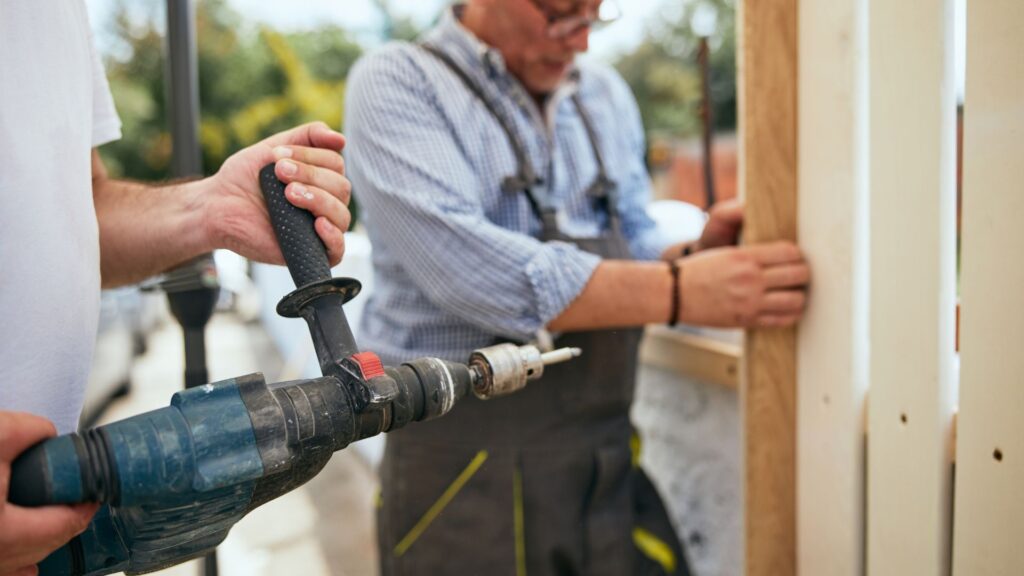
Tips To Save Money On Your Fence Project
Building a fence can be a big investment, but there are smart ways to reduce the overall cost without sacrificing quality or durability. Whether you’re hiring a contractor or taking the DIY route, small decisions can lead to significant savings. Here are some practical tips that homeowners across New Zealand are using to stretch their fencing budget further.
Choose Simpler Designs
Ornate or complex fence designs often come with higher labour costs and more expensive materials. If your goal is to define boundaries or add privacy, a basic timber or Colorsteel fence does the job well. Straight lines, standard panel sizes, and fewer custom elements can reduce both material waste and build time. The simpler the design, the more cost-effective your project becomes, especially when scaled across long property lines.
Reuse Existing Posts Or Rails
If you’re replacing an old fence, take a closer look before removing everything. In many cases, the original posts and rails are still structurally sound. Reusing them can lower your materials bill and save hours of labour. This is especially helpful for timber fences, where post replacement can be time-consuming and expensive. Have a contractor inspect what’s reusable, or if you’re handy, assess the integrity of each piece before discarding.
Buy Materials In Bulk
Purchasing fencing materials in bulk often results in lower per-unit costs. Suppliers may offer discounts for orders over a certain volume, especially if you’re buying everything at once, posts, panels, fasteners, and gates. Even if you’re tackling a smaller project, consider teaming up with a neighbour or friend who also needs fencing. Together, you can place a single large order and split the savings.
Combine Projects With Neighbours
If your fence borders a neighbouring property, discuss the project with them before you begin. Sharing the cost of materials and labour can cut your expenses in half. This is a common approach in many New Zealand communities, especially when installing boundary fences. It also helps streamline decisions on height, design, and access gates. Make sure the agreement is in writing to avoid confusion later on.
By using these tips, you can make smarter decisions that reduce unnecessary spending. Each choice, whether it’s sticking to a simple design or teaming up with a neighbour, adds up to a more affordable, well-planned fencing project.
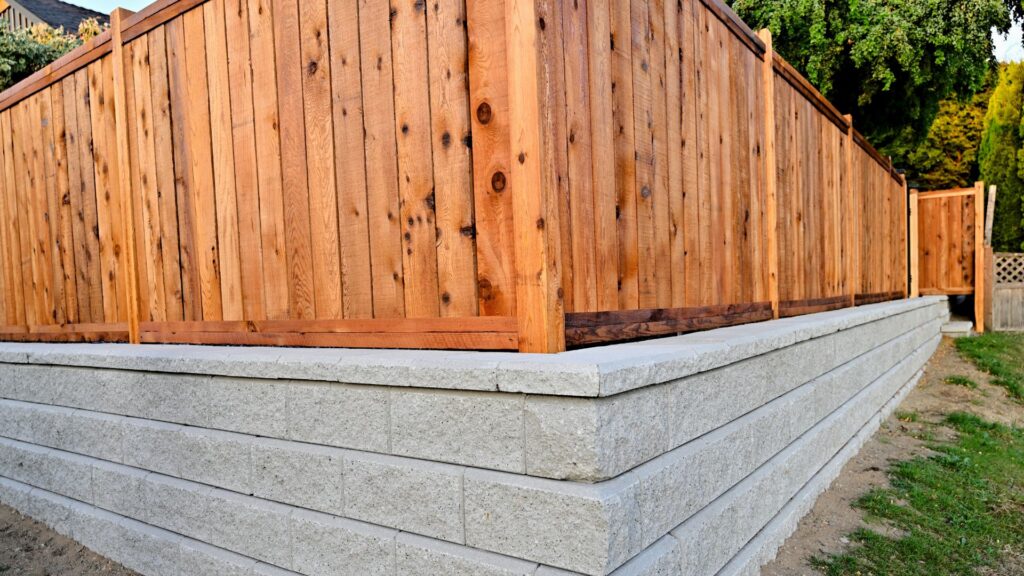
Try Our Free Fence Cost Calculator
Before you call a contractor or head to the hardware store, use our free Fence Cost Calculator to get a reliable estimate tailored to your property. This tool is designed to help New Zealand homeowners like you plan smarter, avoid surprise costs, and make confident decisions about your fencing project.
The calculator is simple to use. Just enter key details like the total length of the fence, preferred height, material type, and the number of gates you’ll need. The tool will instantly provide a cost estimate based on current pricing trends in New Zealand. Whether you’re considering timber, aluminium, Colorsteel, or PVC fencing, the calculator adjusts to give you a more realistic range based on your selections.
Using this calculator saves time and helps you avoid overpaying. It gives you a solid benchmark to compare against professional quotes. You’ll have a clearer idea of what your budget should look like before speaking to any fencing company.
Ready to plan your fencing project with confidence? Use our Fence Cost Calculator and get a realistic estimate in minutes. Visit us to explore fencing options, get expert advice, and start your project today.
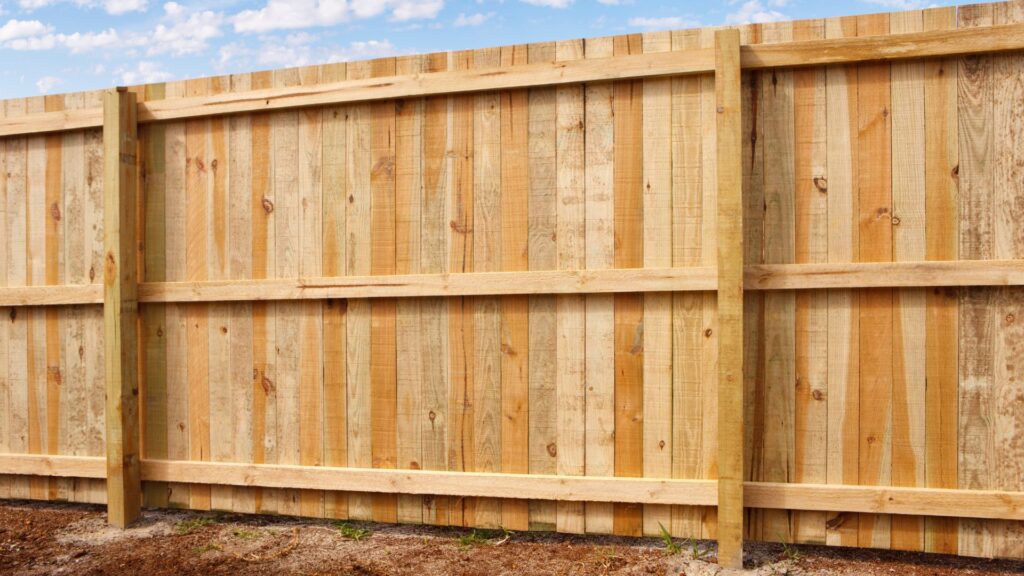
FAQs: About Fence Cost Calculator In NZ
What is a fence cost calculator?
A fence cost calculator is a tool that estimates the total cost of a fencing project based on key inputs like material type, fence length, height, and site conditions.
How accurate is a fence cost calculator for NZ projects?
It provides a realistic estimate based on average market rates in New Zealand. Final costs may vary depending on location, labour, and site-specific factors.
What fencing materials are most affordable in NZ?
Timber and Colorsteel tend to be the most cost-effective materials. Timber starts around $180 per metre, while Colorsteel ranges from $180 to $300 per metre.
Do I need to include gate costs in my estimate?
Yes, gates are an added cost and should be included in the total estimate. Basic timber gates start from $250, while aluminium and custom gates cost more.
What factors can increase the cost of a fence?
Fence height, complex designs, sloped or uneven ground, multiple gates, and labour availability can all increase the overall cost of a fencing project.
Can I use the calculator if I plan to build the fence myself?
Yes. You can input your measurements and materials to estimate material costs. The calculator will help you plan even if you’re doing it DIY.
Is a building permit required for fencing in NZ?
In many cases, no permit is needed for fences under 2.5 metres, but it depends on local council rules. Always check before starting construction.
How long does it take to install a fence?
Most residential fences can be installed in 1–5 days, depending on size, material, weather, and whether you hire a contractor or build it yourself.
What’s the best fencing material for low maintenance?
Aluminium and PVC fences require the least upkeep. They don’t rust or rot and usually last longer than timber with minimal cleaning or repair.
How can I lower the total cost of my fence project?
Choose simpler designs, reduce height, use fewer gates, buy materials in bulk, or consider building with neighbours to split shared costs.
Conclusion
Planning your fencing project with accurate estimates makes the entire process easier, smarter, and more cost-effective. By using a fence cost calculator, you take the guesswork out of budgeting and avoid unexpected expenses down the track. Whether you’re choosing timber, aluminium, or Colorsteel, having a clear idea of what to expect helps you make better decisions and compare quotes with confidence. If you’re ready to move forward, speak to a local fencing expert who can guide you through the next steps based on your needs and property layout. Don’t forget to bookmark this tool or share it with friends or neighbors who are also planning a fence, it could save them both time and money.
About the Author:
Mike Veail is a recognized digital marketing expert with over 6 years of experience in helping tradespeople and small businesses thrive online. A former quantity surveyor, Mike combines deep industry knowledge with hands-on expertise in SEO and Google Ads. His marketing strategies are tailored to the specific needs of the trades sector, helping businesses increase visibility and generate more leads through proven, ethical methods.
Mike has successfully partnered with numerous companies, establishing a track record of delivering measurable results. His work has been featured across various platforms that showcase his expertise in lead generation and online marketing for the trades sector.
Learn more about Mike's experience and services at https://theleadguy.online or follow him on social media:

